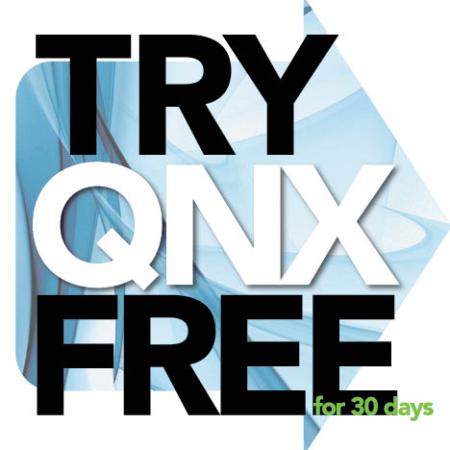Before you go there… no, this is not about me. Although many of you may feel like its been 30 years of Linda. Its actually only been 22 years (less a week, official anniversary is May 8). And yes, I started right out of kindergarten, something of a child protegy…
Back to 30 years, my very good friend and colleague, Paul Leroux (only 21 years under his belt), aka Blog Master and Twitter Guy, is doing a blog series on 30 years of QNX. It’s actually a very cool idea, very funny to look back from whence we came – as an industry, not just QNX.
His post today (which I’ll attempt to recreate or link to momentarily) is about our first web site and actually shows what it looked like. Hilarious. It made me think back to the first rumblings I heard about something called THE WORLD WIDE WEB. I kept picturing tarantulas and spider webs whenever I heard it. Anyways, I thought some of you might enjoy Paul’s blog and in particular this post.
Do you remember what your first web site looked like? Even better, do you remember what you looked like? This is me in 91 or 92. I had a fashion philosophy – red lipstick and shoulder pads and I was good to go 🙂
(by Linda Campbell)




 Posted by tertiarymatters
Posted by tertiarymatters 
